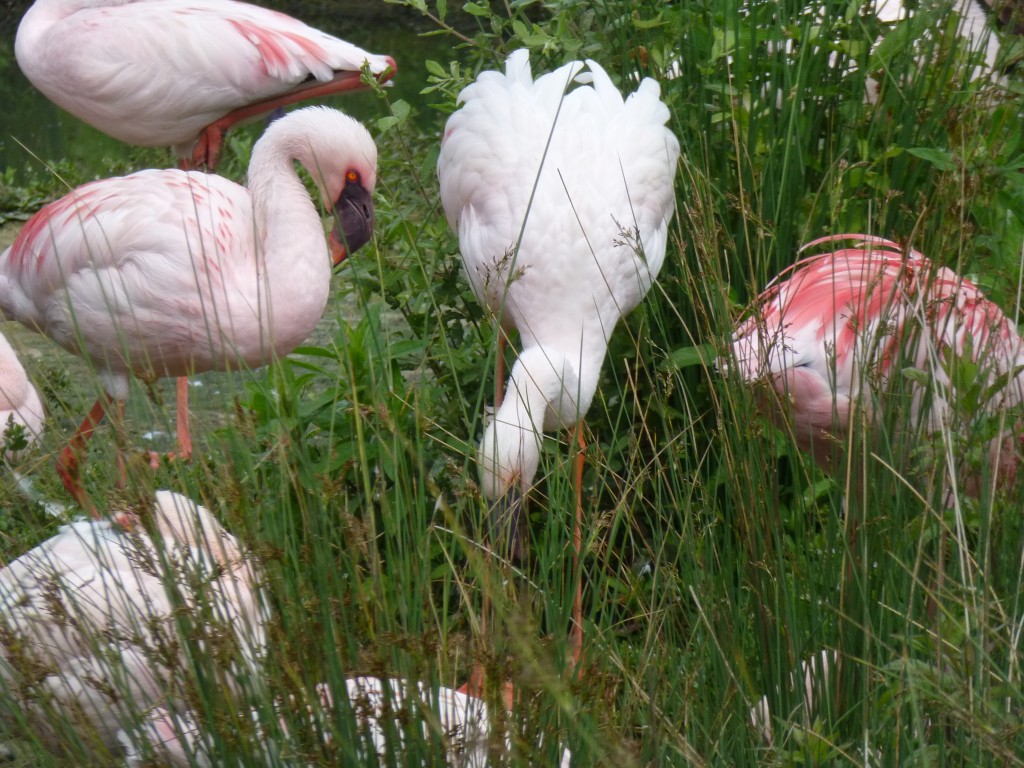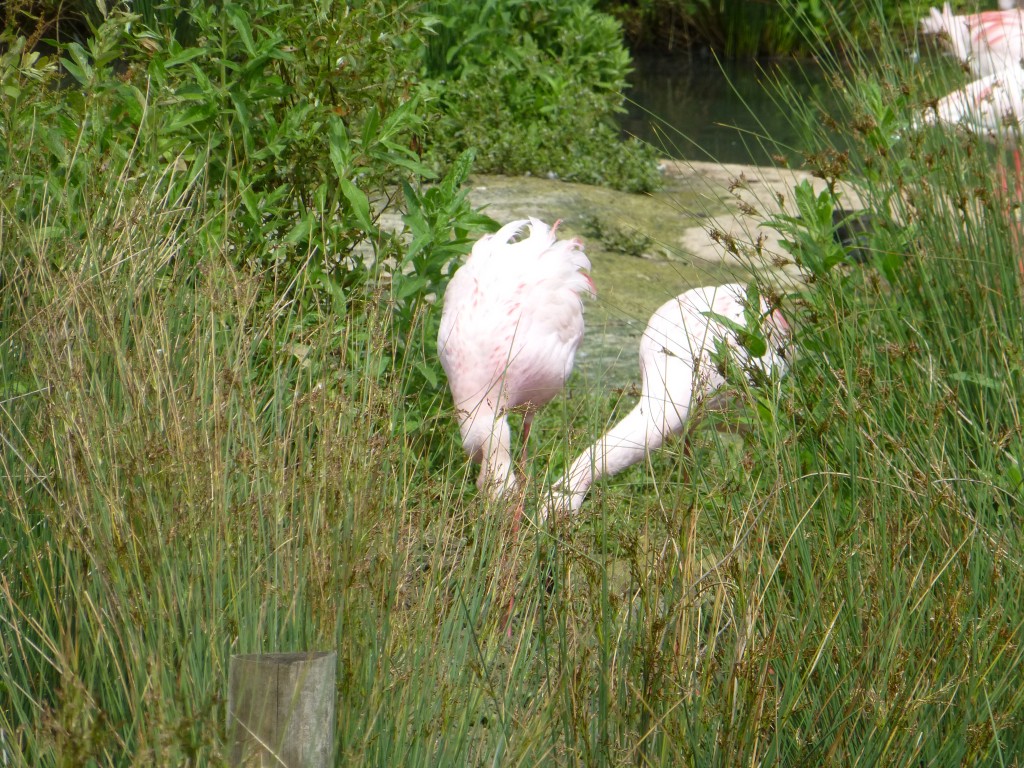End of June flamingo update
As we approach the end of June, breeding behaviour and baby birds are in full swing in some of the flamingo flocks at WWT Slimbridge. Here is an update on what is happening at present.
If you are a regular visitor, you'll notice that new, fresh sand has been added to the Chilean flamingos' enclosure (the South American Pen). Phil and Sparky and co. have found that, over the past few years, the addition of sand has been really helpful to the flamingos' nest-building behaviour and also seems to help the chicks when they hatch too. So rather than make lots of nests to encourage breeding, heaps of special estuary sand (that is good for nests and always for drainage) are piled and shaped on the breeding islands in the flamingo pens to give birds the best start at breeding. The Chilean flock has been showing some encouraging signs of late, with pairs forming and birds scraping around on the nesting areas. Keep a look out for these early signs to turn into something more concrete!
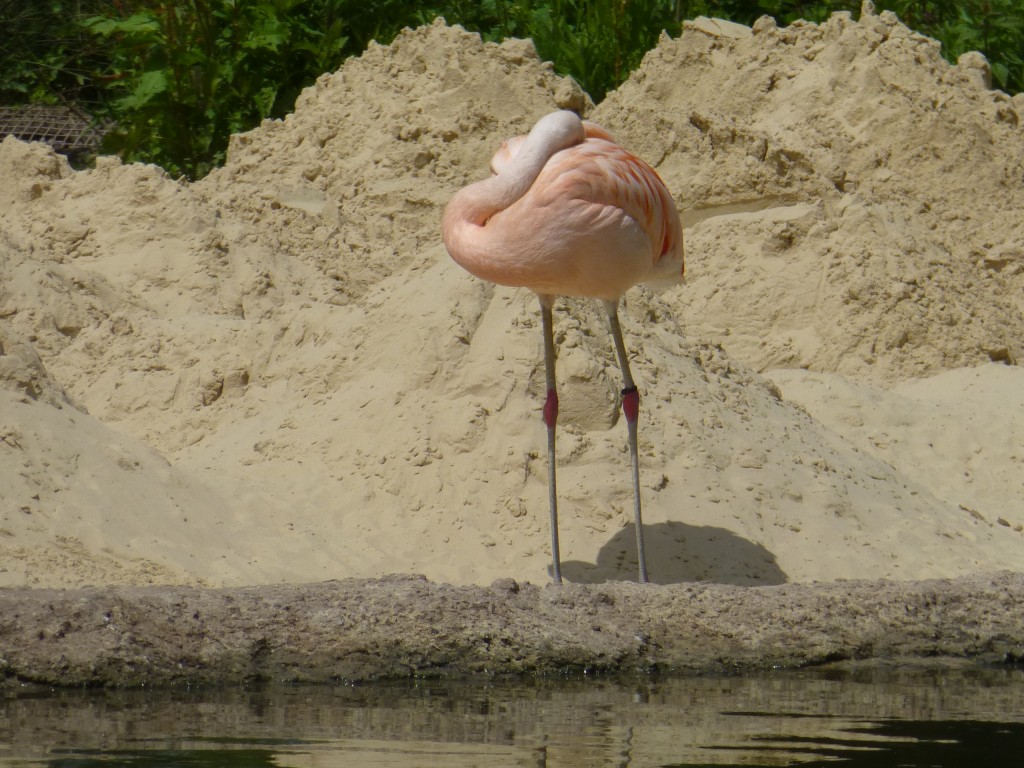
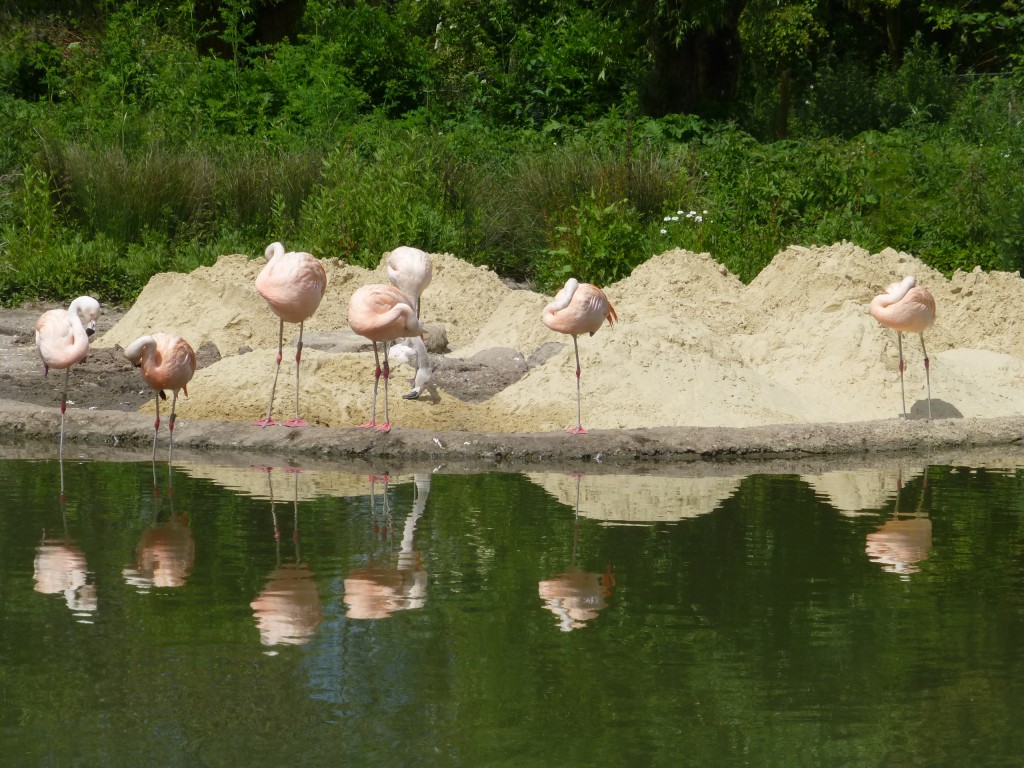
Over in the Caribbean flock there is the pitter-patter of tiny feet as new arrivals begin to emerge. Laying earlier in the season that in past years, several Caribbean chicks have hatched and are taking their first tentative steps into the world. Caribbean chicks are a wonderful bright silver colour at hatching. Check these out on your next visit, but you'll need to be patient as they are partly hidden behind a mass of protective legs!
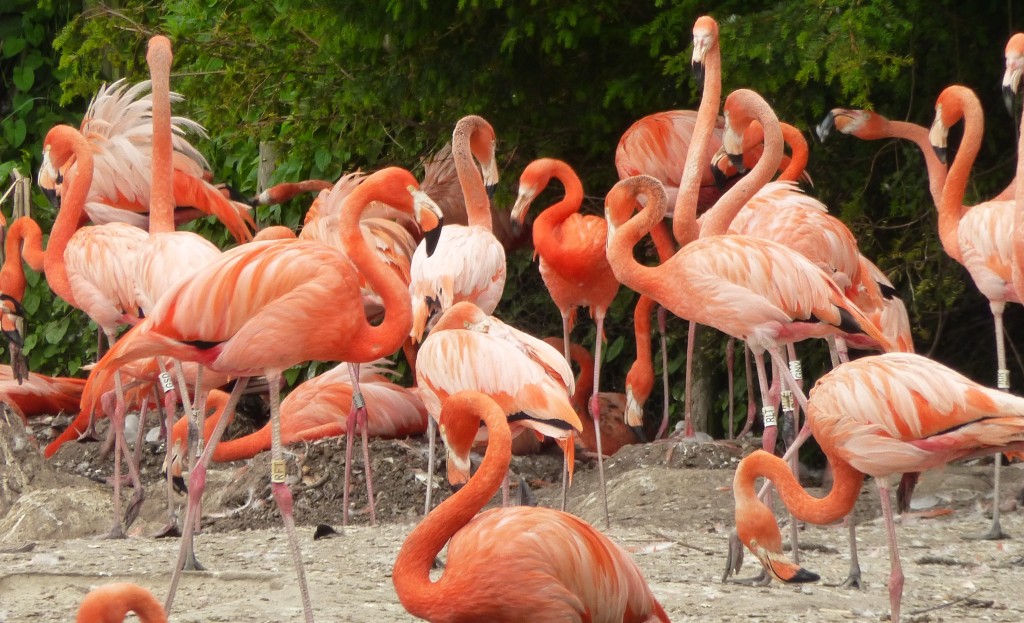
And here are a few photos, in sequence, of a chick learning what its legs are for. A little wobbly at first (flamingo chicks have very squidgy legs when they hatch!) but eventually it gets the hang of things and perches rather proudly on top of its nest.
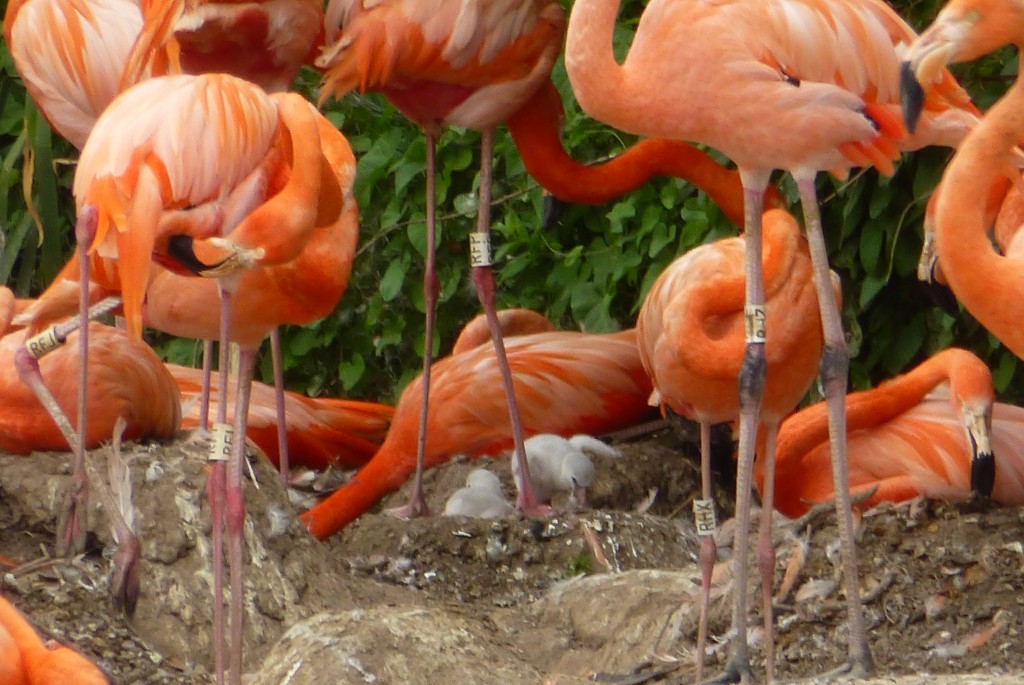
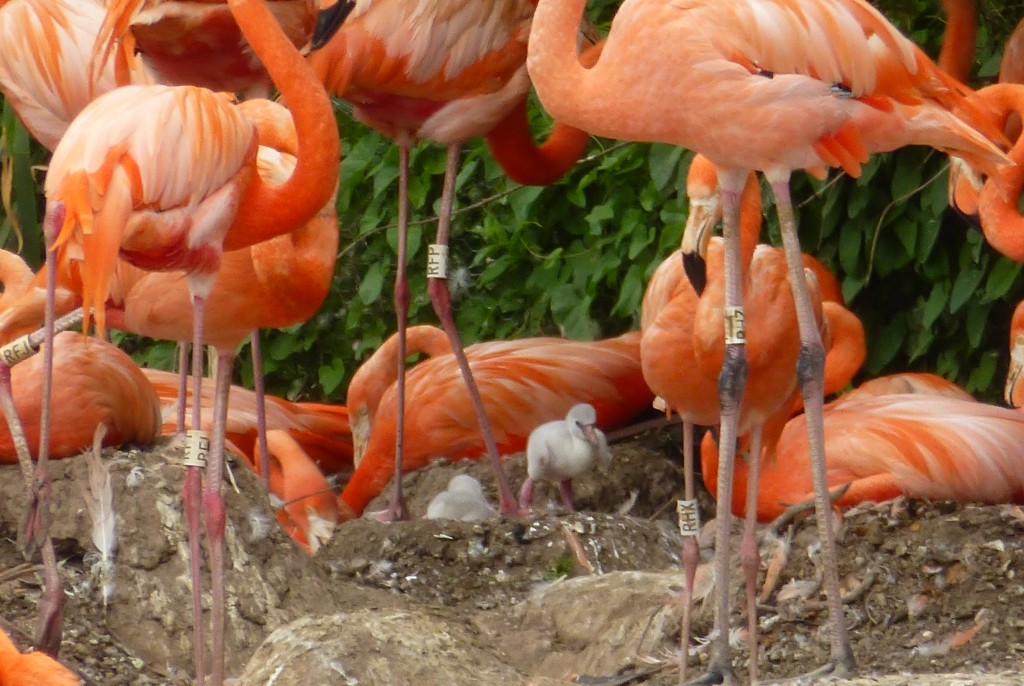
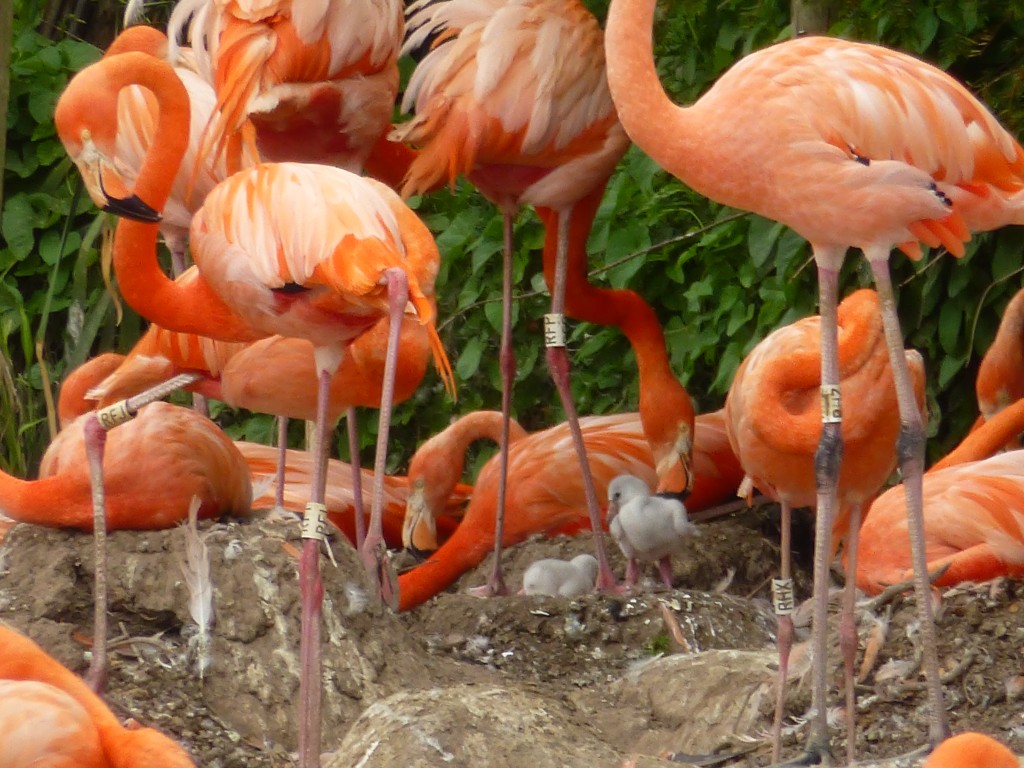
Let's hope that the number of Caribbean chicks reaches that produced by the greater flamingo flock over in Flamingo Lagoon. Already a mass of ash-grey down can be seen as the chicks begin to crèche in the middle of the nesting island. I love watching this natural behaviour and it shows how flamingos really benefit from being part of a big group like the one at WWT Slimbridge.
The photos below are a few "animal behaviour highlights" of things to look for in Flamingo Lagoon.
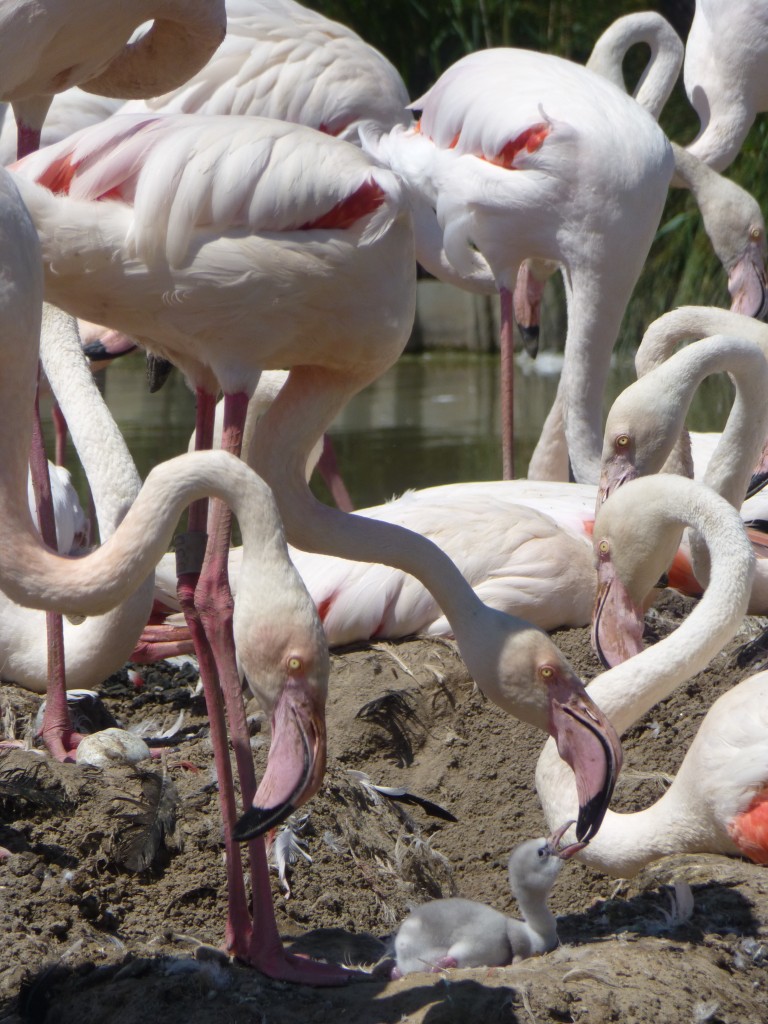
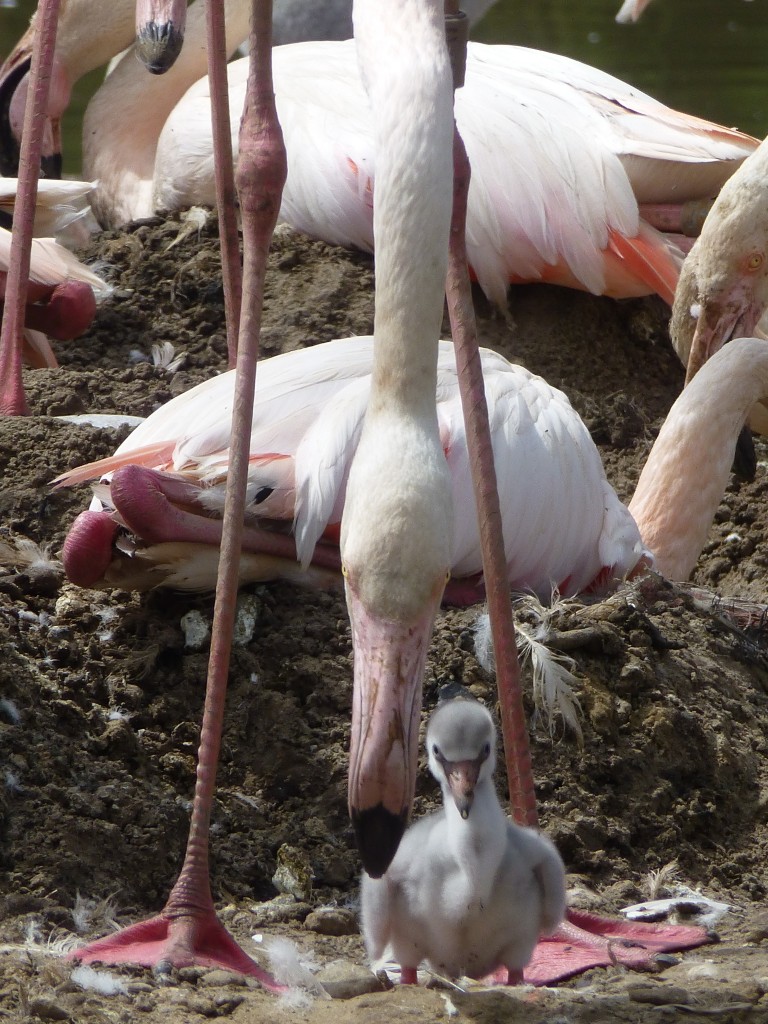
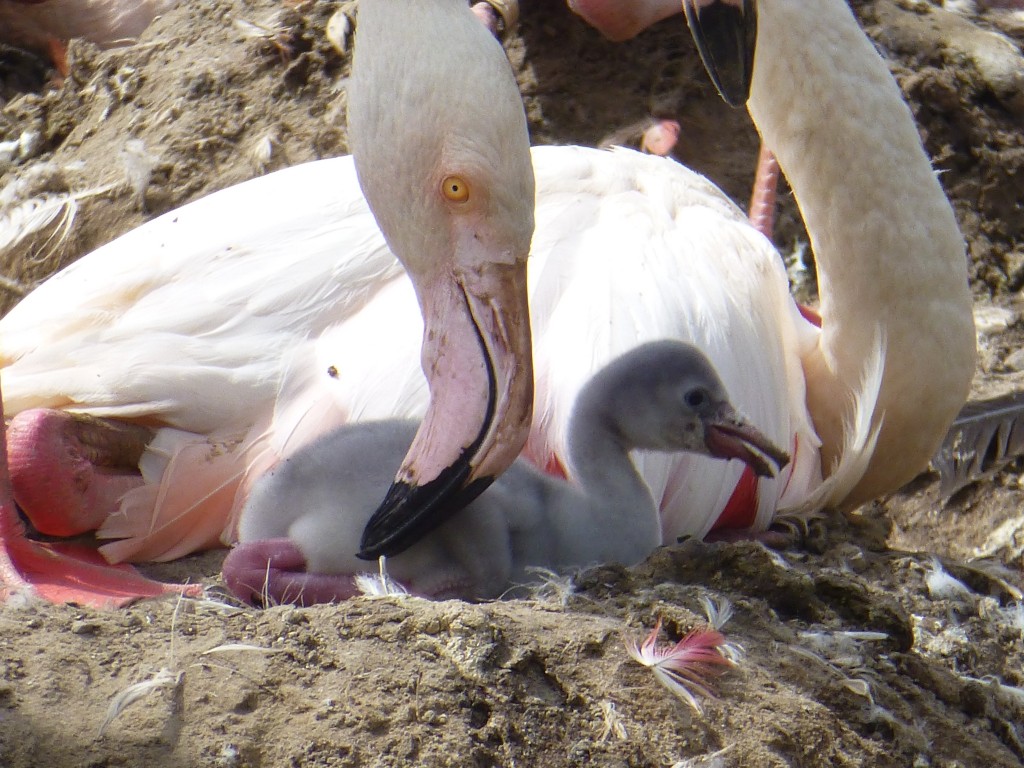
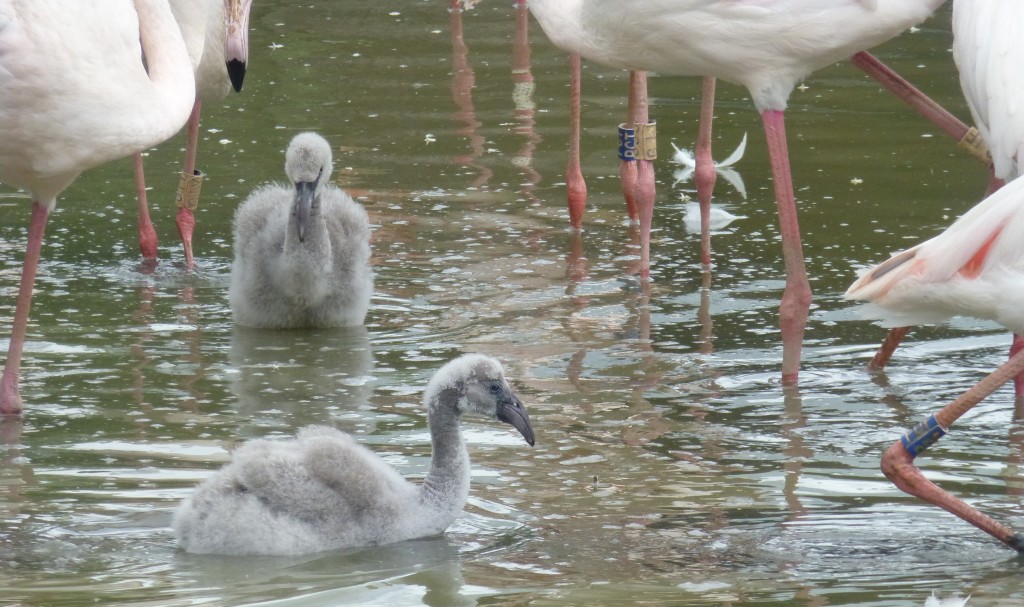
And the lessers...? Well, they are still making nests. Making MANY nests, with quite aa few birds interested. So things still look hopeful. Keep praying the sunshine remains! And there have been some interesting developments today with birds that are nest building being reluctant to leave when they are fed, and then coming straight back to the nest area rather than having their dinner. Is this a good sign...? We shall have to see! Don't count your chickens (flamingos) and all that. Until the next update- happy flamingo watching!
